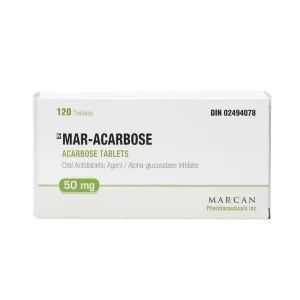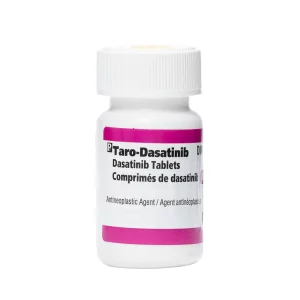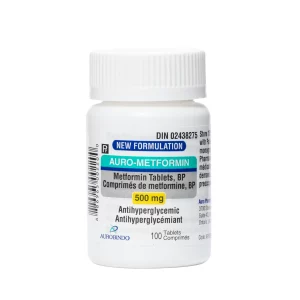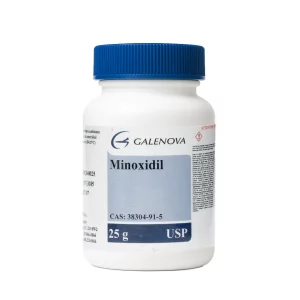Your cart is empty.
Your cart is empty.
ADHD is a neurodevelopmental disorder affecting millions worldwide, characterized by inattention, hyperactivity, and impulsivity. Traditional treatments, such as stimulants and non-stimulants, provide relief for many, but not all. Researchers are exploring new options, including Selegiline, initially developed for Parkinson’s and depression. Selegiline has shown promise in addressing ADHD symptoms, sparking interest among healthcare professionals and individuals seeking innovative solutions for this complex disorder.
Research has also highlighted Selegiline’s potential benefits in promoting neural health, with some studies suggesting a link between Selegiline and lifespan improvement. Additionally, with its neuroprotective properties, studies have also explored the potential role of Selegiline for longevity in patients with ADHD. Could Selegiline be the solution for ADHD sufferers seeking a new approach? Let’s find out!
Selegiline, a monoamine oxidase B (MAO-B) inhibitor, increases dopamine availability in the brain, facilitating attention and behavior regulation. Key aspects of its mechanism include:
Potential effects on ADHD symptoms include:
Selegiline has been investigated as a potential treatment for ADHD. Clinical trials have shown promise, particularly in adults, with typical dosing protocols involving oral tablets or transdermal patches, ranging from 5-10 mg/day. Oral tablets are available in 5 mg and 10 mg strengths, taken once daily, while transdermal patches deliver a continuous dose. Children may require lower doses, starting at 2.5 mg/day, while adults start at 5 mg/day.
Individualized dosage is crucial to ensure optimal efficacy and minimize side effects, under the guidance of a qualified healthcare professional. Medical guidance, monitoring, and dosage adjustments are essential to determine the best dosage and formulation for each individual, achieve optimal results, and minimize side effects. Regular monitoring of side effects, efficacy, and potential interactions with other medications is also vital.

When stimulants fail, Selegiline offers a valuable alternative. By increasing dopamine levels, it regulates mood, improves focus, and enhances productivity. Studies demonstrate reduced ADHD symptoms, improved emotional regulation, and enhanced cognitive function.
Selegiline’s mood-stabilizing properties alleviate comorbid conditions like depression and anxiety, common in adults with ADHD. This provides a valuable treatment option, particularly for those unresponsive to traditional stimulant therapies.

Research on Selegiline for Attention Deficit Hyperactivity Disorder (ADHD) has yielded promising results. Studies published on PubMed and peer-reviewed journals have investigated Selegiline’s efficacy in children and adults.
Key findings:
Selegiline offers a distinct approach to treating ADHD compared to traditional medications. Unlike stimulants (e.g., methylphenidate, amphetamines) and non-stimulants (e.g., atomoxetine), Selegiline’s mechanism involves increasing dopamine levels by blocking its breakdown.
Key differences:
Selegiline may offer a valuable alternative for individuals with Attention Deficit Hyperactivity Disorder (ADHD) who face challenges with traditional treatments. The following groups may benefit from Selegiline:
Selegiline increases dopamine levels by blocking its breakdown, improving focus, attention, and impulse control in ADHD.
The typical Selegiline dose for ADHD is 5-10 mg/day, taken orally in the morning, with some studies suggesting doses up to 15-20 mg/day for optimal efficacy.
Selegiline can be used off-label in children with ADHD, typically starting at 2.5-5 mg/day, with dose adjustments as needed to minimize side effects and optimize efficacy.
Selegiline differs from stimulants in its mechanism, targeting dopamine breakdown instead of reuptake, offering a smoother, more sustained effect with potentially fewer side effects and less abuse potential.
References


Buy Acarbose to support stable blood sugar and overall wellness. Promote gut health, longevity, and a balanced metabolism with this proven supplement.

Dasatinib is a breakthrough in longevity medicine. Explore its benefits, dosage, and research-backed effectiveness for extending health and lifespan.

Buy Metformin to support longevity and metabolic health. Maintain stable energy levels and promote overall well-being with this trusted supplement.

Buy Minoxidil to support hair growth, scalp health, and overall vitality. Maintain a fuller, healthier appearance with this trusted solution.
Unlock savings on bundles and elevate your online experience today!